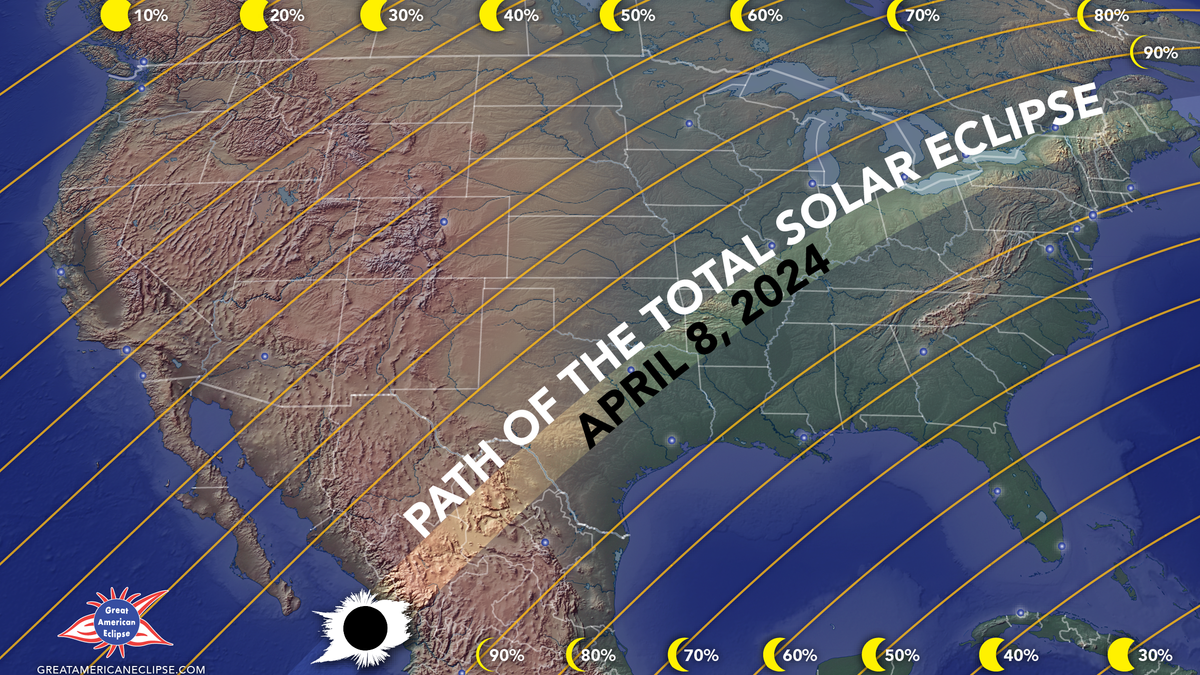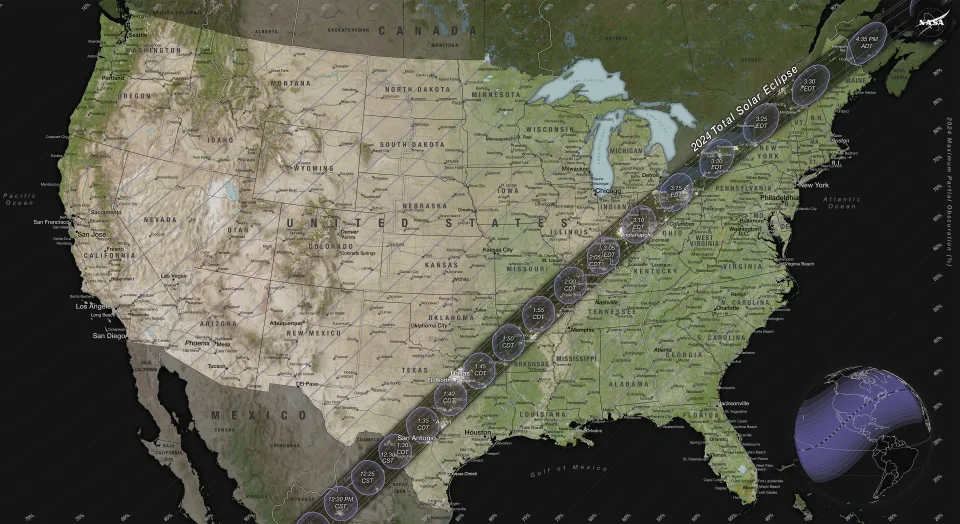
On Monday, April 8, North America will witness a spectacular astronomical phenomenon – a total solar eclipse that will shroud regions and cities from the Pacific coast of Mexico to the eastern tip of Canada in darkness. This rare event, which occurs no more than once every few decades in a particular location, invites both scientists and the public to study the unique phenomena that accompany an eclipse, from temperature drops to changes in animal behavior.
NASA, engaging the community in scientific research, offers several initiatives that will allow everyone to contribute to the study of this incredible phenomenon.

SunSketcher: Measuring the shape of the Sun
The SunSketcher project focuses on measuring the true shape of the Sun by crowdsourcing observations of the Bailey’s Necklace effect, a phenomenon where the Sun creates a series of brilliant dots around the Moon before and after a total eclipse. These observations will help to get a more accurate picture of the Sun’s shape. Participation involves using a special data collection application available for smartphones.
Globe Observer: Recording changes in the environment
This project allows you to record changes in the environment, such as temperature drops and changes in cloud cover, using smartphones. Participants will be able to contribute to a global database that will help scientists better understand the impact of solar eclipses on weather and climate. To participate this time, you need to download the Globe Observer app from the App Store or Google Play Store.
Soundscapes of eclipses: Listen to the sounds of wildlife
The Eclipse Soundscapes project collects data on animal behavior during an eclipse. Participants are invited to record wildlife sounds before, during, and after the eclipse to help scientists understand how this cosmic phenomenon affects wildlife.
Megafilm about the eclipse of 2024: Photograph the solar corona
This ambitious project (
Eclipse Megamovie 2024
) aims to collect photographs of the solar corona taken from different observation points to create a detailed image of this part of the solar atmosphere. Participation is open to anyone with the necessary equipment.
These initiatives provide a unique opportunity for everyone not only to witness a rare astronomical phenomenon, but also to actively participate in its study. It is important to remember the need for preparation and protection while watching the eclipse to ensure safety and get the best experience from this event.

